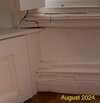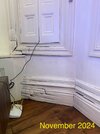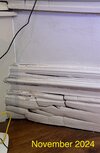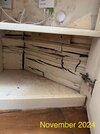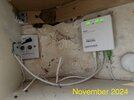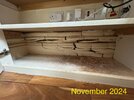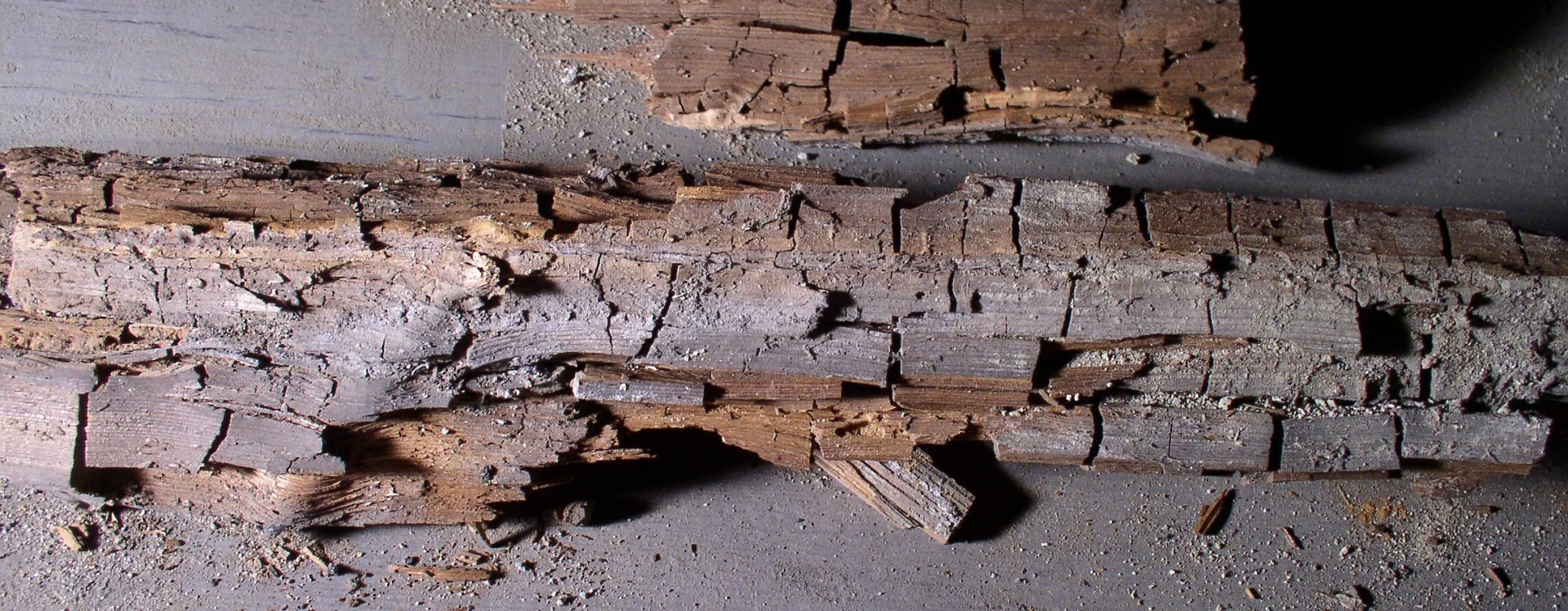- Joined
- 11 Nov 2024
- Messages
- 6
- Reaction score
- 0
- Country

Wanted to get an idea from experts/people who have dealt with what I presume is dry rot in a friend's house. Posted pictures, one from August and a comparison to now where it seems to have gotten significantly worse.
It's downstairs, there's no immediate current source of moisture outside except some old cracked render, the ground height seems fine, and the area within the cupboard is along an internal shared all with next door. The floor doesn't seem to be sagging, but doesn't get much foot traffic and is a bit creaky. It's not known when it the rot first started.
I realise it's hard to tell before a proper inspection and knowing what under the flooring looks like, but given the rate of deterioration and the spread, what are the ballpark figures for getting this sorted? Would mortgage companies/potential buyers would be wary?
It's downstairs, there's no immediate current source of moisture outside except some old cracked render, the ground height seems fine, and the area within the cupboard is along an internal shared all with next door. The floor doesn't seem to be sagging, but doesn't get much foot traffic and is a bit creaky. It's not known when it the rot first started.
I realise it's hard to tell before a proper inspection and knowing what under the flooring looks like, but given the rate of deterioration and the spread, what are the ballpark figures for getting this sorted? Would mortgage companies/potential buyers would be wary?

